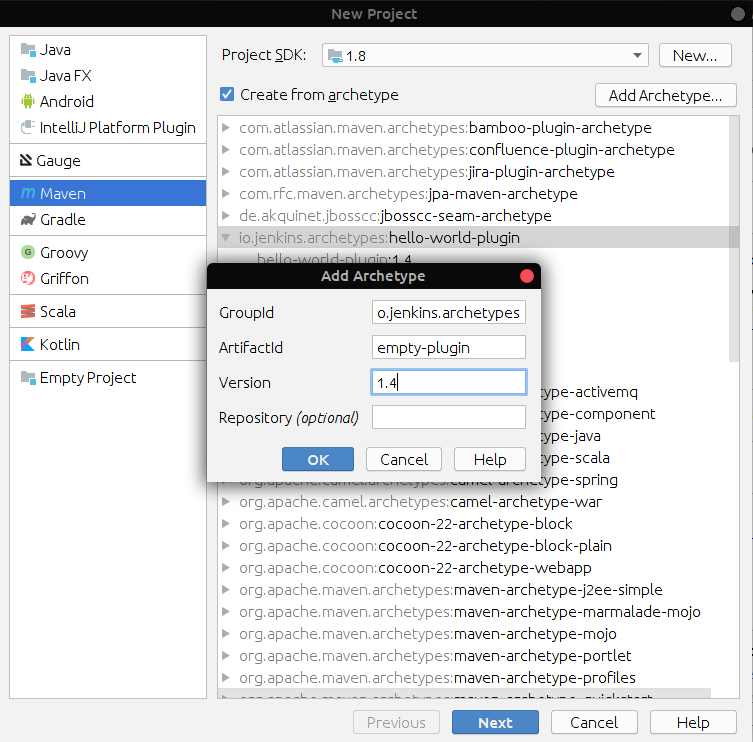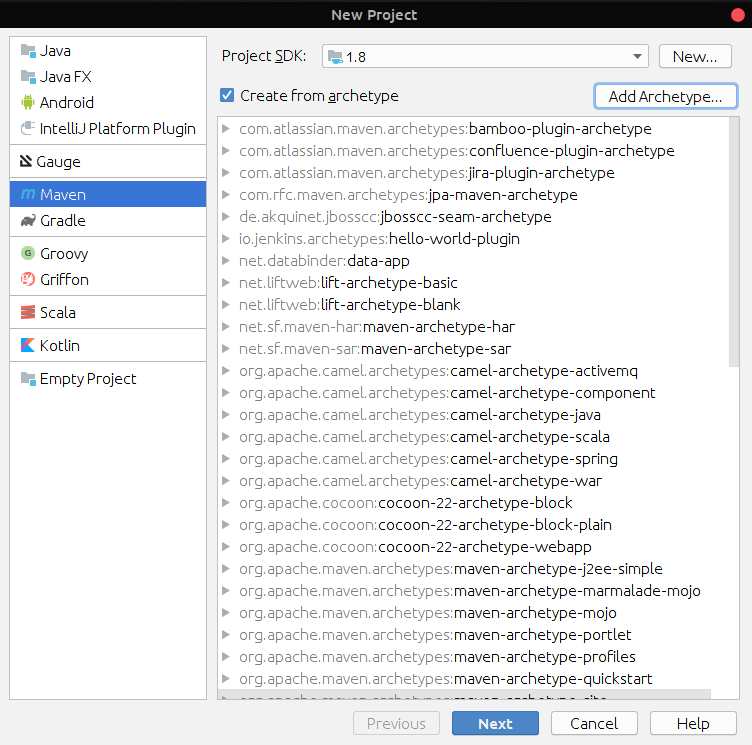Java Se Intellij Gui
On there's a rather impressive article entitled. Let's take a look at what the NetBeans Platform equivalent would look like.We'll start with one of the standard NetBeans Platform sample applications distributed with NetBeans IDE, the.The application consists of an application module that provides a canvas for painting, with some 3rd party libraries wrapped into supporting modules. In other words, a very realistic example representing a real life scenario.We're going to (1) open that application into IntelliJ and then (2) deploy it from IntelliJ, with this result:In the picture above, take a look at the application structure, as well as the running application itself. That's what we're going to be creating in the steps that follow. I.e., we will make full use of the NetBeans Platform, while using IntelliJ to do so.
Jan 18, 2017 - Despite the increasing popularity of IntelliJ IDEA, NetBeans, and other. This screenshot shows the Java SE 8 API specification as generated by Javadoc. In addition to a GUI, FindBugs provides a command-line interface,. Mar 4, 2009 - On jetbrains.com there's a rather impressive article entitled Using IntelliJ. As for the Matisse GUI Builder's support for the TopComponent class. It is mainly used for Android app development, Scala, Groovy, Java SE and Java programming. It is lightweight in design and comes with useful features like JUnit testing, TestNG, debugging, code inspections, code completion, and support for multiple refactoring. Plus Maven build tools, ant, visual GUI builder and code editor for XML and Java.

How To Create Java Gui
Create the Application. Open NetBeans IDE and create the Paint Application, which you can find in the New Project dialog. Import the Application into IntelliJ.
Open IntelliJ and choose File New Project Create project from scratch. In 'Project files location', set the 'PaintApp' root folder. Type 'PaintApp' in 'Name'. Click Next and keep clicking Next until you can click Finish.
I.e., don't change any of the defaults. Now the application is open in IntelliJ. Add the NetBeans Platform to the Classpath. Right-click the main 'PaintApp' node and choose 'Module Settings'. In Dependencies, create a new project library that contains all the JARs that you can find in the NetBeans installation directory's 'platform9' folder. Make sure to look in the 'core', 'lib', and 'modules' folders. You should end up with a very long list of JARs.
Also make sure to add 'ColorChooser.jar' (which is in 'release/modules/ext' within the Color Chooser module) in the same way. Create a Runtime Configuration. In the toolbar, click 'Edit Configurations'. Create a new configuration, named 'NetBeans' (for example, but name it whatever you like). Set 'org.netbeans.Main' as the 'Main class' (you should be able to browse to it in 'boot.jar').
In 'VM parameters', pass in some VM options for setting the user directory of the application (which would normally be set via etc/netbeans.conf when NetBeans IDE starts up, which it won't do in our case), as well as the home directory. The user directory can be anywhere, while the home directory must be the cluster that is created by the build process:-Dnetbeans.user='/home/geertjan/idea/paint-userdir' -Dnetbeans.home='/home/geertjan/idea/PaintApp/build/cluster'The above implies that the cluster exists, which implies that a build has been performed. That's why I do the build from NetBeans IDE. That creates the cluster and then the above VM option works. Instead of VM options, you can also use other approaches to ensure that the application knows where the installation and the user directory are,. Turn Folders into Source Folders.

Java Se Intellij Gui Software

Go back to the Module Settings and then use the Sources tab to set 'branding' and 'build' as sources. (After you do this, the folders will turn blue.) The 'Paint/src' should already be marked as sources.Now run the application, using the runtime configuration you defined earlier and you should see your application deployed. Now do the same to the, which is also distributed with NetBeans IDE, and you should end up with a successful result, following the principles outline above.Finally, what's the benefit of all this? Well, for far too long IntelliJ users have been excluded from the wonderfulness of the.
Now, following these instructions, you can at least get started. You'd use NetBeans IDE for generating the project structure and API stubs, as well as for the Matisse GUI Builder's support for the TopComponent class (and other UI classes), after which you'd do your coding in the IntelliJ Java editor. (And the IntelliJ XML editor has better support for the NetBeans Platform layer.xml file than NetBeans IDE does.) Or you'd have different developers working in different IDEs, sharing the same codebase in the way outlined above.An interesting discovery is that a NetBeans Platform application deploys much more quickly from IntelliJ than it does from NetBeans IDE.